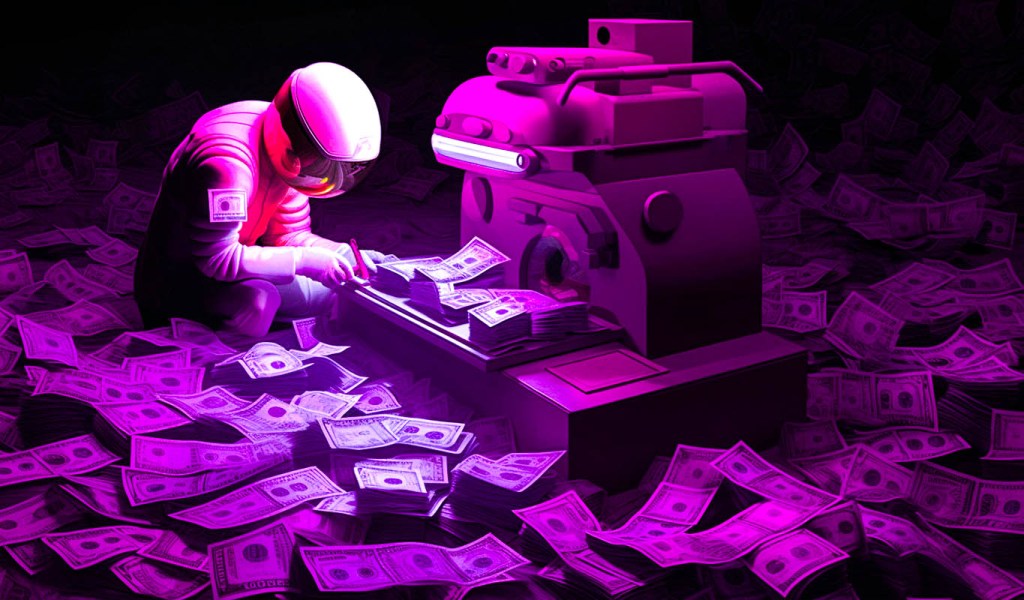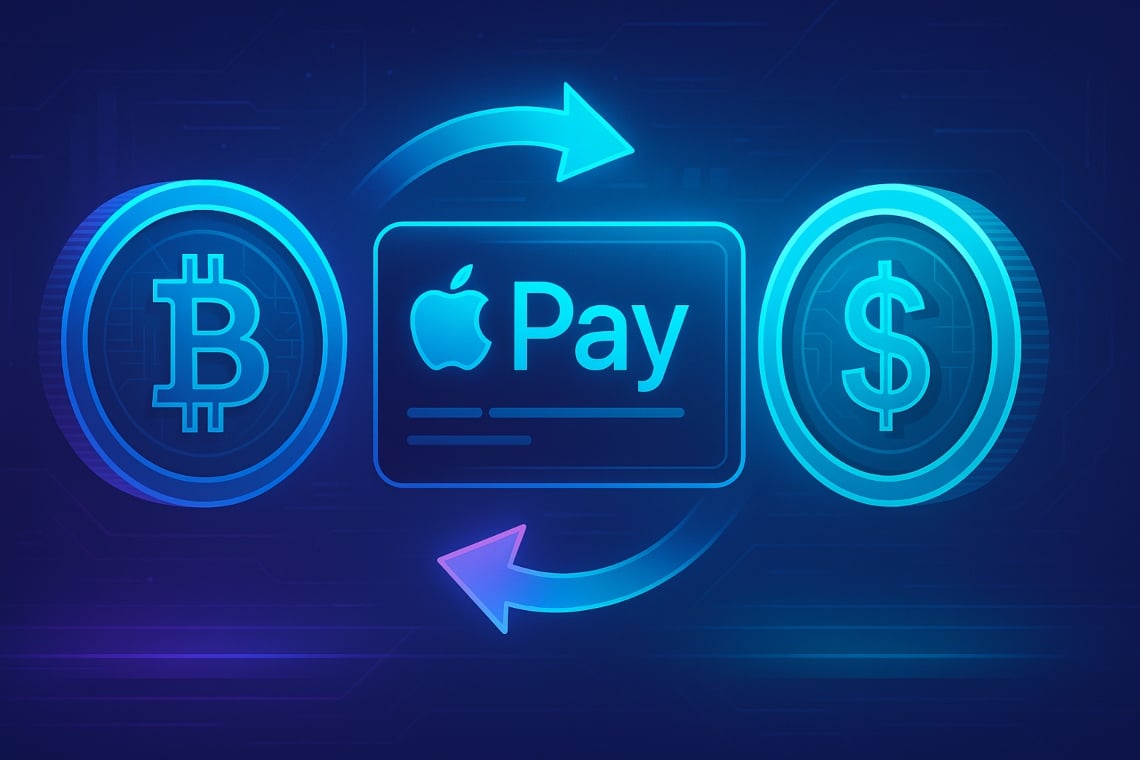US Banks Now Exposed to Nearly $300,000,000,000 in Private Credit Debt, Signaling ‘Increased Levels of Asset Risk’: Moody’s

The credit ratings agency Moody’s warns US banks are facing greater uncertainty due to an increased exposure to private credit debt.
In a new report, Moody’s says US banks have lent out about $300 billion to private credit providers, as lending to all non-depository financial institutions (NDFIs) has surged to $1.2 trillion.
The data is based on the banks quarterly reporting of their NDFI exposure to the Federal Reserve’s Board of Governors.
Moody’s raises the issue amid increasing unease over hidden credit risks in an environment of high interest rates and economic uncertainty. Recent bankruptcies, including auto parts maker First Brands and subprime lender Tricolor, have underscored lax lending standards and opaque private credit exposures.
Says Moody’s,
“As banks compete with non-bank lenders and simultaneously finance them, asset quality challenges may surface. The recent bankruptcy of Tricolor shows that bank lending to NDFIs can result in significant losses, and underwriting and collateral controls can fail even when loans are secured.
Banks’ lending to private credit providers rather than directly to middle-market borrowers offers a diversification benefit from exposure to the providers’ wide spectrum of portfolio companies. But this benefit is reduced by the incremental leverage that private credit providers often incur at the portfolio company level, and the inherently lower transparency of indirect lending. These evolving dynamics underscore the need for vigilant credit risk management as private credit continues to scale up.”
Moody’s says that NDFI loans have become increasing popular at US banks, elevating the financial institutions’ risk for financial loss.
“Loans to non-depository financial institutions are driving loan growth at US banks – outpacing all other bank lending activities since 2016 – and include nearly $300 billion in loans outstanding to private credit participants. Prolonged rapid loan growth, however, often signals increased levels of asset risk.”
Follow us on X, Facebook and TelegramDon't Miss a Beat – Subscribe to get email alerts delivered directly to your inbox
Check Price Action
Surf The Daily Hodl Mix

Disclaimer: Opinions expressed at The Daily Hodl are not investment advice. Investors should do their due diligence before making any high-risk investments in Bitcoin, cryptocurrency or digital assets. Please be advised that your transfers and trades are at your own risk, and any losses you may incur are your responsibility. The Daily Hodl does not recommend the buying or selling of any cryptocurrencies or digital assets, nor is The Daily Hodl an investment advisor. Please note that The Daily Hodl participates in affiliate marketing.
Generated Image: Midjourney
The post US Banks Now Exposed to Nearly $300,000,000,000 in Private Credit Debt, Signaling ‘Increased Levels of Asset Risk’: Moody’s appeared first on The Daily Hodl.
You May Also Like

Cashing In On University Patents Means Giving Up On Our Innovation Future

A panoramic interpretation of the current status of DeFi development: Aave and Lido become the highest TVL protocols, and Solana ranks second among the public chains
